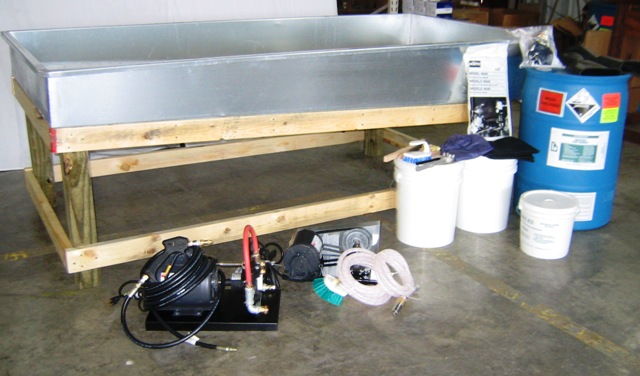Question
I'm an oil finish kind of guy, but I'm repairing something for a friend and putting some rattle can varnish on to match the spray finish that's already there. I got orange peeling - spots where the finish pulled back, some as big as 1/8" diameter. My surface prep was wet sanding and washing with a damp cloth. I must admit I didn't think about orange peel. I'm thinking with the sanding I would have removed waxes, but not silicones, is that about the size of it? What should I do to deal with this? I've seen fish eye flow out, but this is spray can repairs, and I don't think that would play out well. Do I sand to bare wood, or is there something to wipe with? I'm a bit out of my element here, most of my repairs are my own work and I generally know what's been done to the piece, but this one is a mystery.
Forum Responses
(Finishing Forum)
From contributor I:
It sounds more like fish eye - you will have to sand back to remove and then clean the surface with silicone and wax remover prior to spraying, but the problem could be with what the previous finish was and you may even need to spray a shellac seal coat.
Also don't wet sand it you may be just rubbing the contaminate into the finish. Wet sanding may also be giving you the adhesion problems depending on what grit you're using. I wouldn't go any finer than 220 or a good rub down with synthetic steel wool (purple) and a (not knowing what is originally on there) quick rub down with lac thinner or acetone. The acetone won't bite as much so that may be the safer bet.
